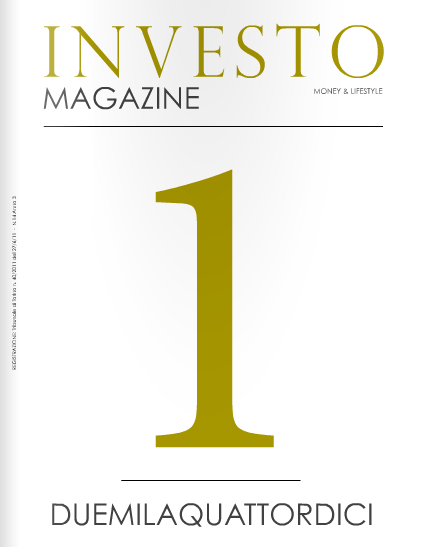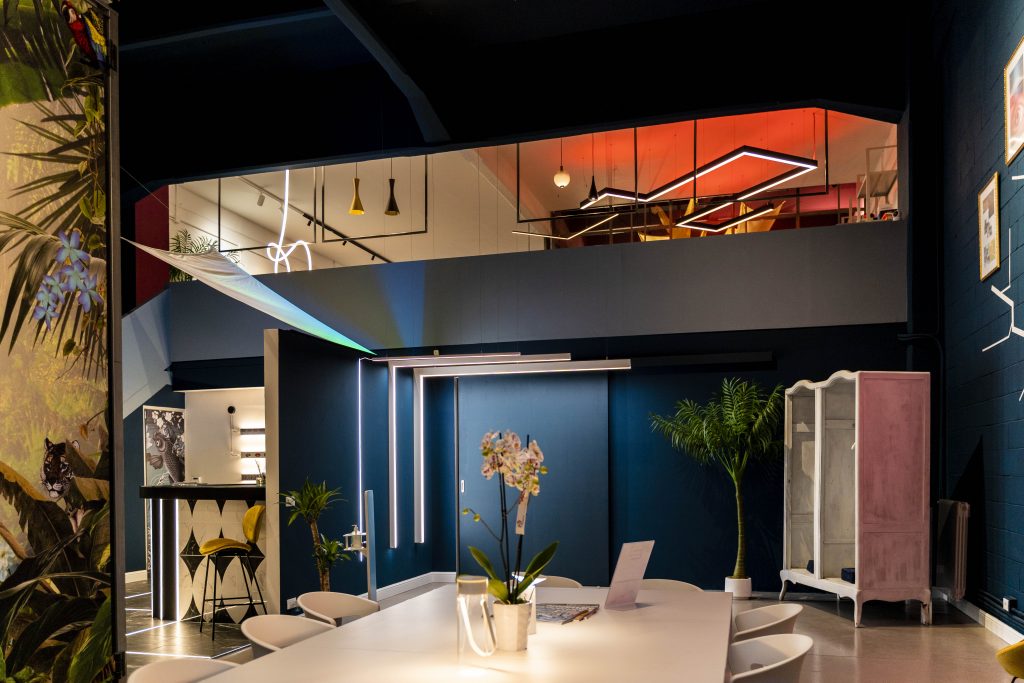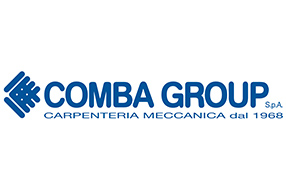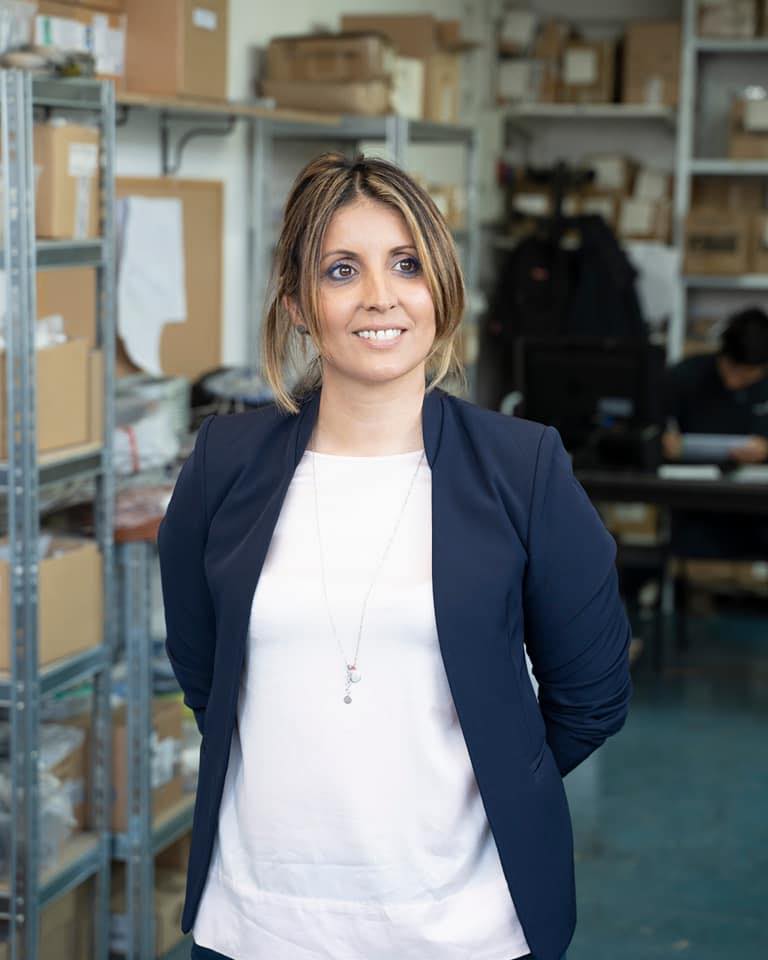Investire è una parola.
Soprattutto in tempi di incertezza come questi. Dunque, se investire è una parola, quella parola non può che essere “sfida”. Cui bisogna arrivare preparati. Perché non basta avere un capitale da riversare sul mercato (anche se è obiettivamente condizione necessaria), bisogna anche sapere come orientarsi, su quali settori puntare. Ma, soprattutto, diversificare. La parola d’ordine – dall’esplosione della crisi in poi – per non ritrovarsi legati mani e piedi a un comparto che cola a picco e che finisce inesorabilmente per trascinare a fondo con sé tutto e tutti. Esperienza dolorosa e devastante che in tanti hanno provato, negli anni scorsi. Non solo con la finanza spericolata che tanto di moda va oltre confine e al di là dell’Atlantico, ma anche con i buchi neri di casa nostra. Basta parlare di bond per scatenare un’epidemia di brividi lungo la schiena, ai quattro angoli della Penisola. Ecco perché, all’investimento, bisogna anche educare chi ha aspirazioni e disponibilità economiche. Corsi specifici non ce ne sono, ovviamente. Ma la conditio sine qua non è piuttosto la conoscenza dei mercati. Soprattutto delle diverse possibilità che ci sono sul tavolo. Sulla capacità di mescolarle tra loro, per crearsi una robusta rete di copertura e controcopertura del rischio. Sugli andamenti, le tendenze e – perché no – le mode del momento. E così, per chi volesse fuggire dalla finanza pura, fatta sì di lente obbligazioni statali, ma anche di volatili azioni in grado di essere sconvolte da un refolo di Borsa, ecco che tutto intorno si apre un panorama che, se ben osservato, può rivelare anche scorci inattesi. E invitanti.
La regola aurea che da sempre rappresenta l’investimento rifugio è, manco a dirlo, il mattone. Una massima che negli ultimi anni ha dovuto subire anche lei le ingiurie della crisi, oltre a una tassazione che con l’Imu ha letteralmente spento la voglia di comprare. Ma il mattone è pur sempre una certezza. Una garanzia. Un’ancora che per quanto possa scricchiolare, mai finirà per staccarsi dalla nave, abbandonandola alla deriva. Soprattutto perché ormai la stessa edilizia sta sviluppando al suo interno una serie di declinazioni innovative, che partono dall’ecosostenibilità e passano per il social housing. Progetti dell’abitare responsabile che sempre più spesso, in mancanza di investimenti pubblici, offrono spazio a capitali privati. Veri e propri esercizi di venture capital che finiscono per contribuire al benessere del contesto sociale in cui operano, ma che garantiscono anche un certo ritorno economico a chi mette i soldi. Ma l’investimento alternativo non si ferma certo alle costruzioni. Un altro settore assolutamente accattivante è quello delle nuove tecnologie. E, in particolare, delle nuove imprese. In tutta Italia (Torino, con i suoi due atenei eccellenti è uno dei casi più fulgidi) stanno nascendo e moltiplicandosi gli incubatori universitari. Luoghi “protetti” in cui uno spunto accademico di ricerca cerca di strutturarsi fino a diventare un’idea di business. Ma per affrontare il mercato senza il rischio di essere depredato e spazzato via in un battito di ciglia, queste start up hanno bisogno di capitali. E molto spesso tante ottime idee finiscono per rimanere nel cassetto perché non hanno trovato il socio “finanziario” giusto. Uno spreco per l’economia, ma anche per il progresso e l’innovazione di tutti noi.
Ma la lista non finisce qui. Avete un gruzzolo e non volete rischiare in azioni? Non sopportate un rendimento dello “zero virgola poco” tipico di certe obbligazioni? Il mattone vi nausea e all’università avete sempre fatto fatica, figurarsi con i ricercatori accademici? Ci sono sempre i beni rifugio, un classico che non tramonta mai, ma che come tutto ciò che oscilla ai limiti estremi della galassia finanziaria non è immune da choc. Oro, argento, pietre preziose. Non c’è che l’imbarazzo della scelta. Ma anche sotto questo punto di vista non mancano le sorprese: le realtà emergenti che aspettano solo l’intenditore giusto per essere scoperte: un mercato in continua espansione è quello delle opere d’arte, frutto del genio di grandi maestri, che con il passare degli anni accumulano valore ed estimatori. Ma a modo loro sono opere d’arte anche i prodotti enogastronomici di qualità: ecco perché, di recente, addirittura i vini d’annata sono diventati un’alternativa credibile. Anche loro, anno dopo anno, aumentano il proprio fascino e soprattutto il proprio valore. Infine, gli oggetti da collezione: oggetti d’epoca, francobolli, libri antichi. Ma anche automobili del passato e strumenti musicali. Ce n’è per tutti i gusti. Non dite che non ve l’avevamo detto.It is not that simple to invest. Especially in these uncertain times. Consequently, if it is not that simple, investing it is becoming challenging, so we must prepare ourselves beforehand. Because it is not enough to have a capital to invest in the market ( even if it is a necessary condition), we should be aware of our options and in which field to invest. But, above all, it is important to diversify. This has been the password since the explosion of the economic crisis, in order not to find yourself tight to a sinking sector and that will inevitable drag everything and everybody along. This has been a painful and devastating experience for many in recent years, caused by the daring finance so in fashion over the border and overseas, and by our domestic black holes. Just mentioning the word bond, all people in the four corners of the Peninsula will have shivers down their spine. That’s the reason why it is important to teach to those with ambitions and financial means how to invest. Of course there are not specific courses for this. The market knowledge is rather the unnecessary precondition; it is important to know all your options, to have the ability to mix them in order to create a strong risk free network for yourself and to be informed on the market performance, trends and – why not – what is in fashion. So, for those who want to escape from pure finance, made up of slow government bonds or volatile stocks that can be shacked by a puss of wind coming from the stock exchange, there could be an unexpected and attractive scenario waiting for them.
Needless to say, the brick and mortar investment has always been an excellent no-monetary investment, even though in recent years it has also been touched by the economic crises in addition to a heavy taxation (as IMU), becoming a real turn-off for real estate investors. But it still remains a secure investment, a guarantee, an anchor that, even if it may deteriorate, will never break loose from the ship leaving it drifting at sea. The building industry itself is developing innovating alternatives ranging from ecosustainability to social housing which projects, lacking of public investments, more often look at private investments. This is real venture capital practice that make its own contribution to society but that at the same time, they guarantee a economic return for investors. Building industry is not the only sector experiencing the growth of alternative investment: the sector of new high-tech is among one of the most captivating ones, in particular new businesses. Throughout Italy (Turin, with its two excellent universities is one the shiniest examples) university incubators are emerging and growing in number: “protected” places where a university research could turn into a well framed business ideas. In order to face the market before being swept away in a blink of an eye, these start-ups need investors. Very often many good ideas will be left on the shelf because they could not find the right “financial” partner. Such a waste for the economy, but also for the progress and innovation of all of us.
But that’s not all. Do you have same savings and you fell like to invest in stocks? You cannot stand a performance of “zero point nothing” typical of certain bonds? The brick and mortar investment makes you sick and you always got by at university let alone working with university researches? You will always have the no-monetary investment, an evergreen, but just like everything else fluctuating at the edge of the financial galaxy, it is not immune to shocks. Gold, silver, gemstones. You are spoilt for choice, but expect some surprises: emerging realities waiting for the right connoisseur to be discovered, just like the booming market of works of art, masterpieces gaining in value and interest years after years. Gourmet products are in their own way works of art: this is the reason why, recently, vintage wines have became a credible alternative. They too, years after years, increase their appeal and, most of all, their value. At last, collectables: antiques, stamps, ancient books, but also cars and music instruments. There’s something to suit everybody’s fancy. Don’t say we didn’t tell you.
» 2013 - Numero 5 » Education investment and diversificationEducare all’investimento e...






 youhost
youhost